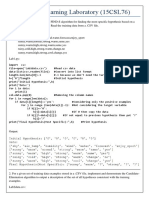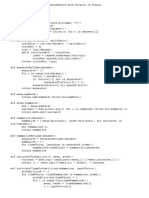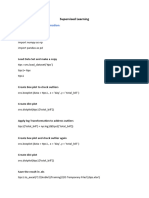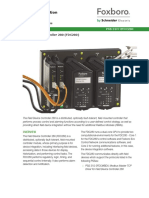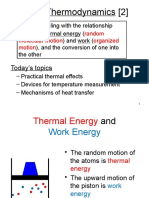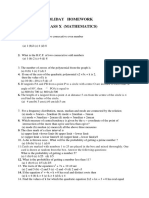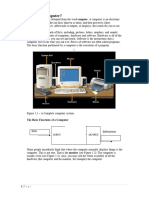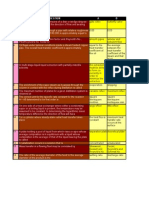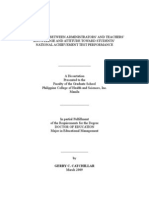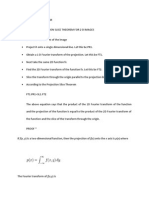0% found this document useful (0 votes)
23 views27 pagesMachine File
The document discusses implementing various machine learning algorithms like linear regression, logistic regression, decision trees, and SVM classification. It includes code snippets to load and visualize sample datasets, train models and evaluate accuracy metrics.
Uploaded by
Jyoti GodaraCopyright
© © All Rights Reserved
We take content rights seriously. If you suspect this is your content, claim it here.
Available Formats
Download as DOCX, PDF, TXT or read online on Scribd
0% found this document useful (0 votes)
23 views27 pagesMachine File
The document discusses implementing various machine learning algorithms like linear regression, logistic regression, decision trees, and SVM classification. It includes code snippets to load and visualize sample datasets, train models and evaluate accuracy metrics.
Uploaded by
Jyoti GodaraCopyright
© © All Rights Reserved
We take content rights seriously. If you suspect this is your content, claim it here.
Available Formats
Download as DOCX, PDF, TXT or read online on Scribd
/ 27





















